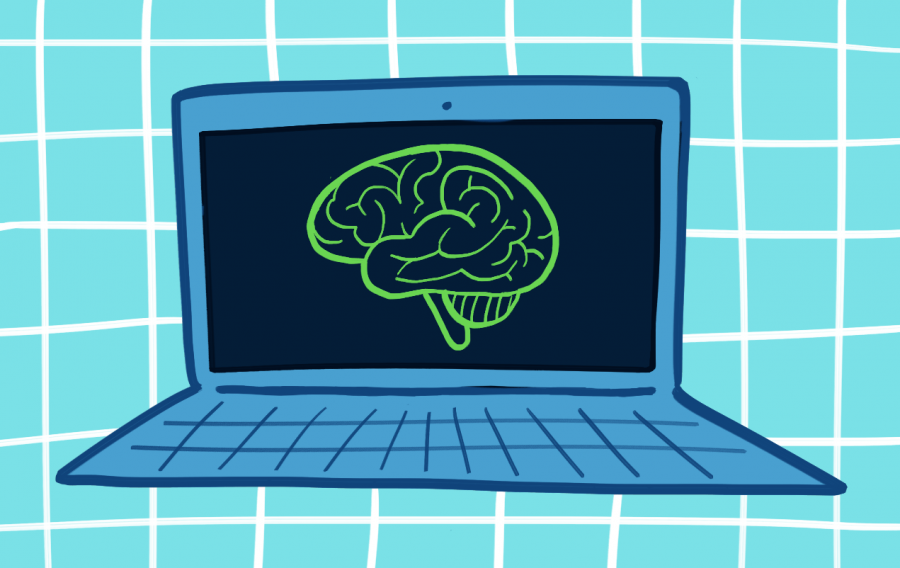Researchers work toward creating computer chips that operate like human brain
October 3, 2021
Some UT researchers started creating a new computer chip that could be implemented within the next 10 years in computers and phones to improve their performance.
The neuromorphic computer chips mimic the human brain’s ability to learn and improve over time. Researcher Chandrajit Bajaj said the chip would be able to answer and assist in more complex questions and problems that currently only humans can answer.
“Imagine having a human brain inside of your phone,” computer science professor Bajaj said. “It’s not only going to answer questions but it’s also going to tell you why something is better. As machines get smarter and more intelligent, they can be your butler, your nanny and your friend.”
Like the human brain, the computer chip would be capable of recognizing patterns and forming connections while learning over time, said researcher John Ekerdt.
Ekerdt said the team works to implement a pattern of memorization and recognition in the chips similar to when computer users have to prove they’re not a robot by clicking specific images.
“You’ve learned all of this and all of that knowledge, all that calculation was done in the background (and) it’s this pattern that we work on,” chemical engineering professor Ekerdt said.
The team uses silicon and ultra-thin layers of a compound called barium titanate, which is more compact and energy-efficient than other materials used by current chips, said researcher Alex Demkov. From there, the team creates optical networks, which are the quickest form of communication networks because of how they utilize light and algorithms to be executed within the chip.
“It’s intrinsically a lower power,” physics professor Demkov said. “That’s kind of what your brain does, you can eat probably one burger a day and you will not starve. That’s a very little amount of energy and your brain still can navigate. That’s the power of neuromorphic computing.”
Bajaj said the team is looking into funding from groups such as the National Science Foundation, the Department of Defense and the Department of Energy.
“Now that we feel more and more confident as we have put this together, we can start,” Bajaj said. “Our next step is looking for funding.”
Bajaj said other groups are also working together to create the neuromorphic computer chip such as the University of California Davis, the University of California Santa Barbara and the National Laboratories.
The earliest the neuromorphic chip could be completed and implemented into technology would be within the next 10 years, according to Bajaj.
“There’s a huge industry that will want the latest and greatest, and I think that the first goal is to get it right and make it a viable alternative to current technologies,” Bajaj said. “Otherwise, one cannot advance because people will still use the old chips.”












